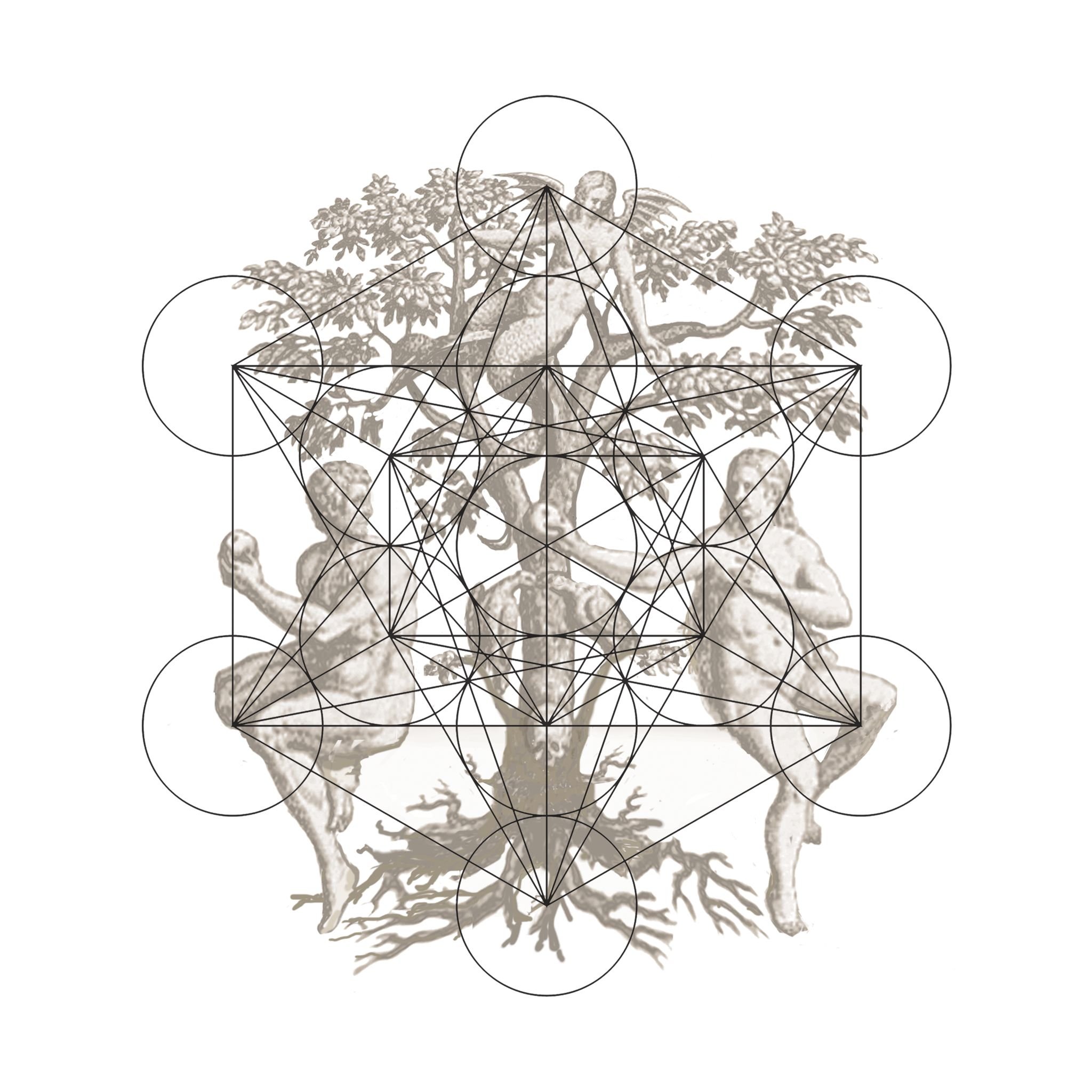Kate Clark Included in My Monster: The Human Animal Hybrid
Kate Clark is included in the major public exhibition ‘My Monster: The Human Animal Hybrid’ at the Royal Melbourne Institute of Technology Gallery alongside Rose Agnew, Jane Alexander, Janet Beckhouse, Peter Booth, Jazmina Cininas, KCatherine Clover, Beth Croce, Julia deVille, Heri Dono, Peter Ellis, Moira Finucane & Shinjuku Thief, Rona Green, Ai Hasegawa, Rayner Hoff, Sam Jinks, Deborah Kelly, Bharti Kher, Deborah Klein, Oleg Kulik, Sam Leach, Norman Lindsay, Sidney Nolan, Eko Nugroho, Kira O’Reilly & Jennifer Willet, Patricia Piccinini, Geoffrey Ricardo, Lisa Roet, Mithu Sen, Maja Smrekar & Manuel Vason and Ronnie van Hout.
’My Monster: The Human Animal Hybrid’ explores our enduring fascination with the merging of the human and animal, and coincides with the 200th anniversary year of the publication of Mary Shelley’s Frankenstein.
Shelley’s seminal monster novel explores life and death and reanimating flesh. It is also the story of a hybrid outcast, for Frankenstein’s creature was made as a new species, from a combination of both human and animal parts.
Mythology and fiction have long entertained the fantasy of the animal and human fused into one being, and the metaphorical hybrid is embedded in mythology and folklore. The hybrids that appear in art can be whimsical, alluring, and confrontational. While hybrids shock and jolt with their appearance, they also offer an unsettling recognition of the disquieting unease we all feel about our place in the world.
Hybrids are the ultimate metaphor for the outsider. Their very existence is a political act, an affront. Like monsters of old, they are harbingers of a future we may not like, but are intent on creating through each twist and tweak of our species through biotechnology.
Our fear of hybrids stems from the historic view that such creatures are unnatural and monstrous and should not exist, and this revulsion extended to Frankenstein’s ‘hideous creature’ manufactured by science.
The desire to preserve distinct categories for animals and humans can be traced back to the Middle Ages. Humanity’s perceived uniqueness and dominance over the natural world was defined by its separation from the animal, and still lingers. Witness our current obsession with body hair removal.
The trouble with hybrids is that they disturb our moral compass, reminding us that we are animals, and animals are like us. This is the power of the hybrid creature. When we look into its human eyes, we see ourselves looking back from the animal body we deny we inhabit.

